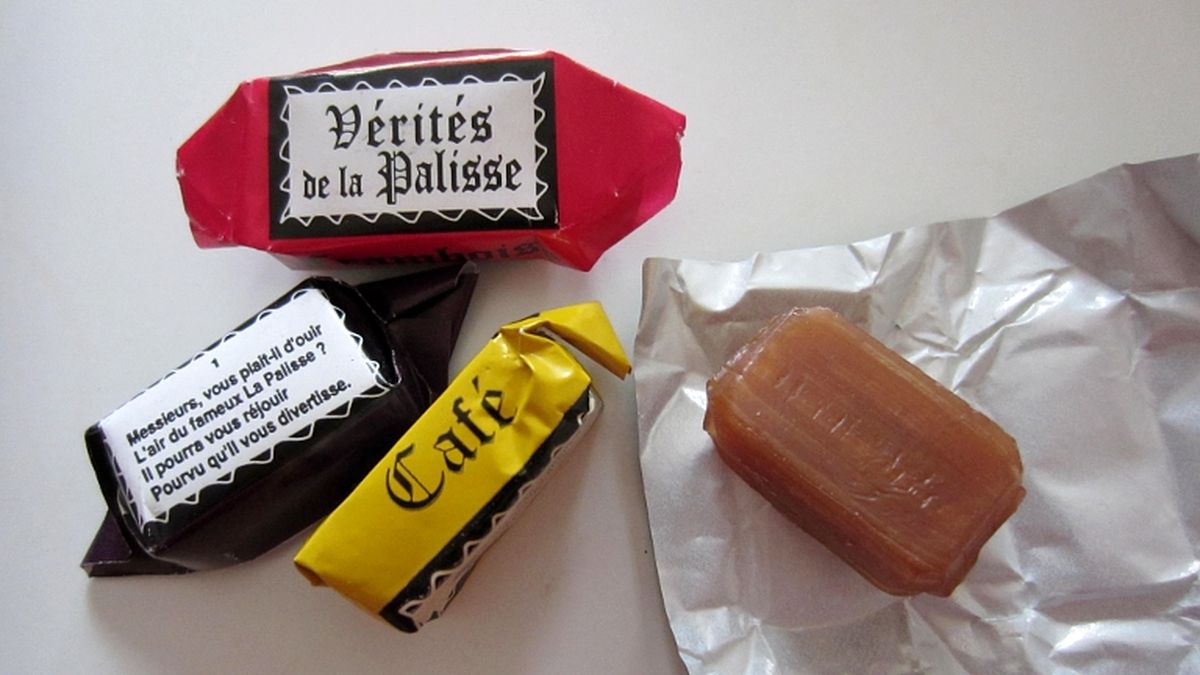 The vérités | ©Anecdotrip.com / CC-BY-NC-SA
The vérités | ©Anecdotrip.com / CC-BY-NC-SAWhat’s this?
The vérité de Lapalisse (Lapalisse’s truth) comes from Allier departement (Auvergne, Central France).
It’s a caramel coated with sugar, flavoured with coffee, nut, raspberry or blueberry…
A sweet created in 1922 by Jean Sauvadet.
The little history
Towards Hell
Hey, who was La Palice? Let me introduce the famous Jacques II de Chabannes, lord of La Palice (1470-1525).
King Louis XII’s bravest captain! He led the royal army from 1512, and became marshal of France.
Brave, loyal, he was a bold knight. He became comrade in arms of the new young king, François I.
By his side, he shone with his boldness… But in Pavia (Italy), during the famous battle, it was a real butchery!
We were in 1525. La Palice was about to die.
Famous French writer Brantôme said: ″This day, he made his most beautiful fight.″
But our lord rushed towards the enemy… his horse was killed and fell on the ground.
Jacques took it badly and raised on his feet… but a Spanish shot him a violent blow of arquebus in his chest. Game over!
The truth with a song
Well... The famous La Palice (later changed into Lapalisse) had kicked the bucket.
But his name would go down in history: his loyal friends made a quatrain in his memory, which ended by this famous sentence S'il n'était mort, il ferait encore envie, ″If he wasn't dead, he would be still envied ″.
Later, this sentence gave by distortion ″he would still be alive″ (il serait encore en vie)!
2 centuries later, Bernard de La Monnoye (1641-1728) made a famous song, Chanson de La Palisse (″Lapalisse’s song″), to laugh at Jacques’ great chivalry virtues.
La Monnoye knew about the stupid sentence ″If he wasn't dead, he would still be alive″!
So his song made of 50 quatrains ended by a lapalissade, a ″La Palice’s truth″: a truth which is plain for all as the nose on the face!
An obvious affirmation, so stupid… Poor La Palice!
Anyway, the candy is packed up in a paper printed with La Monnoye’s quatrains.
